You might have seen pictures in the news of the Prime Minister and his wife dwarfed by a giant platypus, on the occasion of the opening of the Australian Pavilion at the World Expo in Aichi, Japan a couple of weeks ago. It was made by a team assembled by the Melbourne production company, think!OTS, and there are some images of the platypus there, if you check their portfolios.
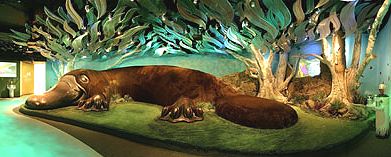
Yesterday I was delighted to also find photos of the making of the platypus exhibit at Australia at Aichi World Expo 2005 in their Pavilion Photo Gallery. Starting with an artist’s impression, they move on to show how the over-all shape was constructed out of foam, filled with plaster, coated with concrete and covered with leather and soft fur. It’s not clear to me from that description how they end up with hollow sections, but I’m guessing that its the concrete layer that forms the shell. The platypus measures about 11 metres.Here are a few other picture links:
‘Our Mary’ and Prince Frederick with the platypus
‘Our Mary’ sits on its tail
Mr and Mrs Howard with the platypus: 1,2 (both photos by Penny Bradfield)
Update: Platy-cam! (not available anymore)


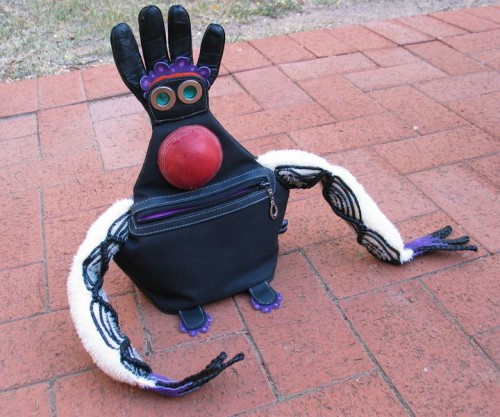
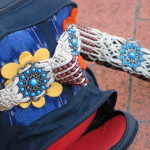
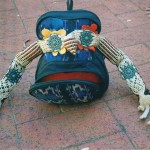
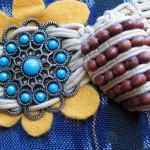
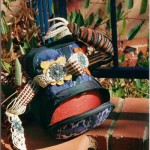
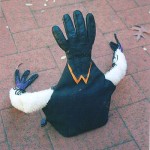
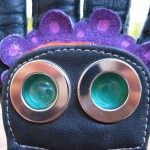
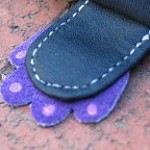
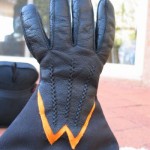
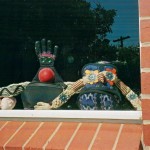
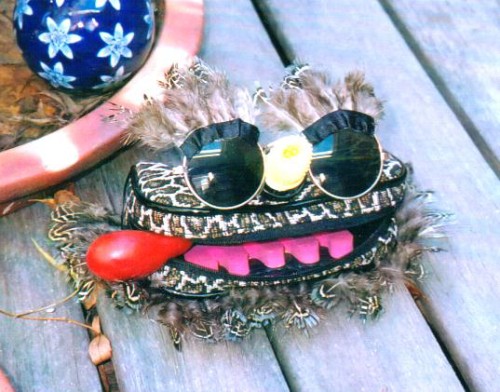
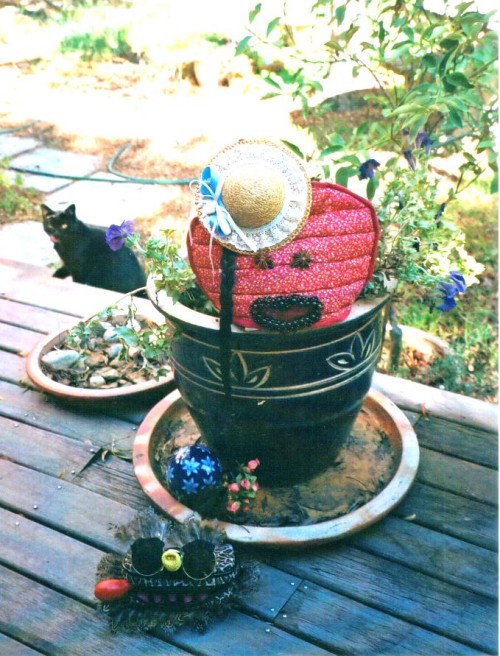
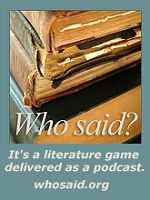


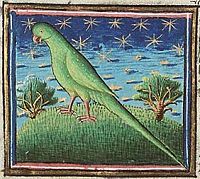 This green parrot is one of the many lovely animal illustrations catalogued on
This green parrot is one of the many lovely animal illustrations catalogued on 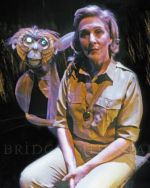 By all accounts the two-part 6 hour stage adaptation of Philip Pullman’s trilogy
By all accounts the two-part 6 hour stage adaptation of Philip Pullman’s trilogy 

